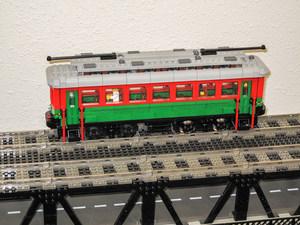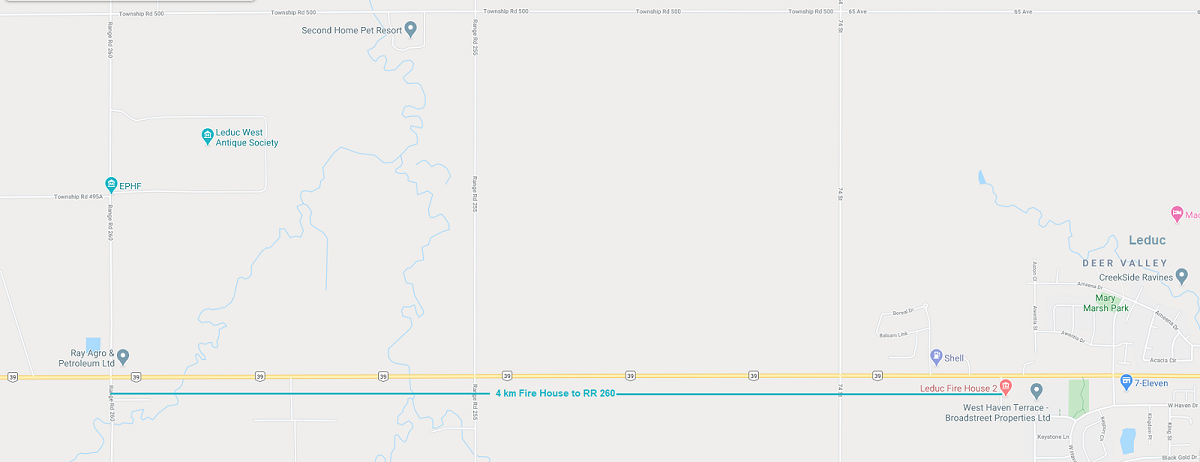DC Traction
In the late 19th century there was a heated debate between the early electricity pioneers over whether to use DC (direct current) favoured by Thomas Edison or AC (alternating current), famously backed by Nikola Tesla & George Westinghouse, for electrical distribution. Ultimately, AC prevailed, as it could be easily stepped up to higher voltages by using transformers and transmitted over long distances whereas DC required centralized plants, only able to supply customers within about a mile of each plant.
The one advantage that DC had over AC was in electric motors where high starting torque and precise control of motor speed is required. When used in street cars, trolleys, buses and locomotives, these are called traction motors, and, until recently, were virtually all DC types.Unfortunately, the problem of DC transmission remained, so the solution was either to build a power plant close to the traction load or transmit the power as AC to the traction station where it would be stepped down and rectified into direct current.
At Rossdale, DC generators (dynamos) were used to produce DC for the nearby Jasper Avenue streetcars.
Further from downtown, rectification from AC was accomplished by various technologies:
1) Motor-generator (M-G set)(pre-1900): An AC motor spins a DC generator (dynamo) to produce DC electricity.
2) Synchronous Rotary Converter (pre-1900): Effectively an M-G set sharing a single rotating armature and a set of field coils.
3) Mercury Arc Rectifier (1902): This device used a pool of mercury in a glass bulb that acted as a cathode; anodes on the arms of the glass bulb were connected to the incoming AC supply. Since electricity could only flow in one direction (from the anodes to the cathode), alternating current was converted to direct current.
4) Solid state Rectifier (1960's): As semiconductor diodes became capable of higher voltages & currents, the solid state rectifier eventually replaced the mercury arc rectifier, with it's fragile glass bulb and toxic liquid mercury cathode.















